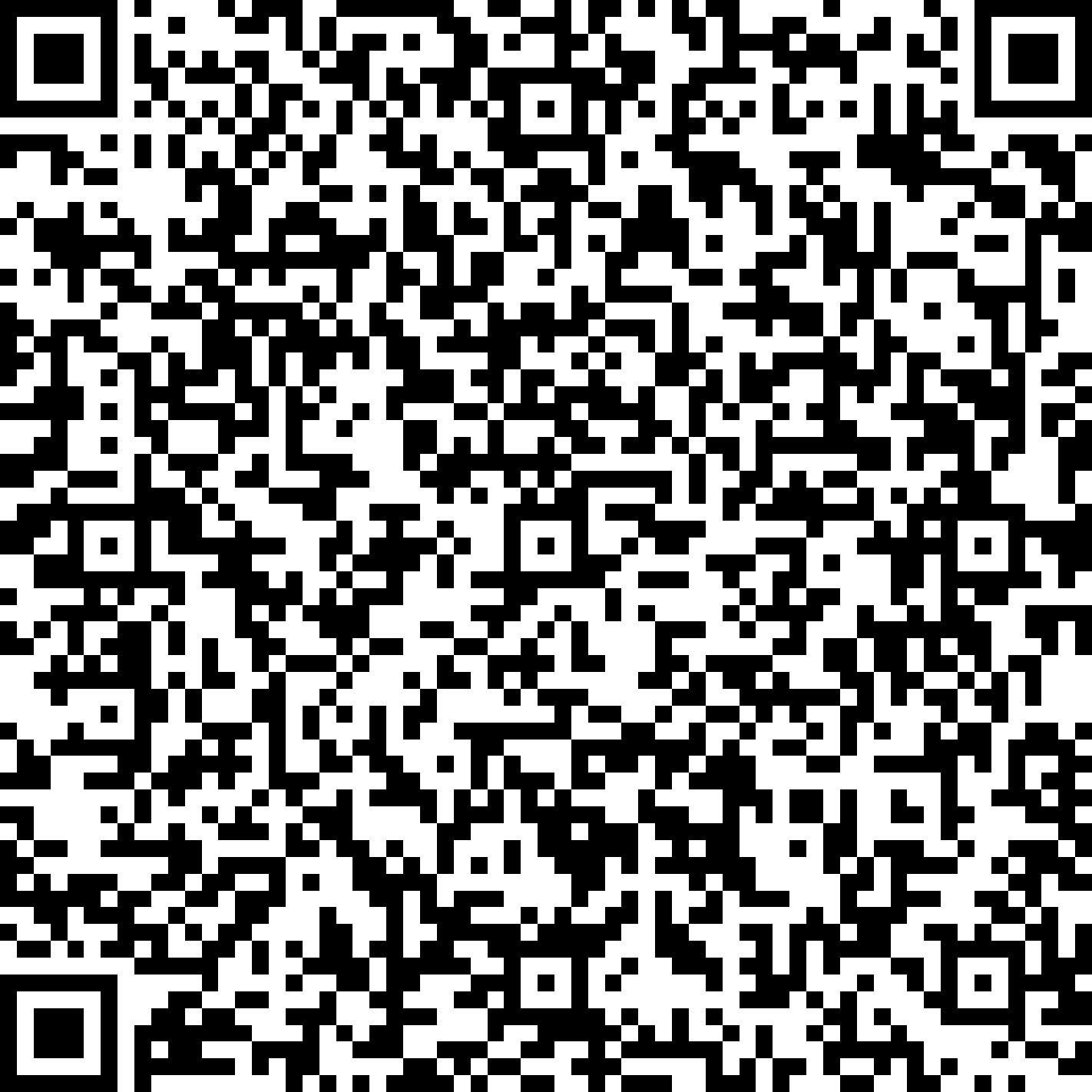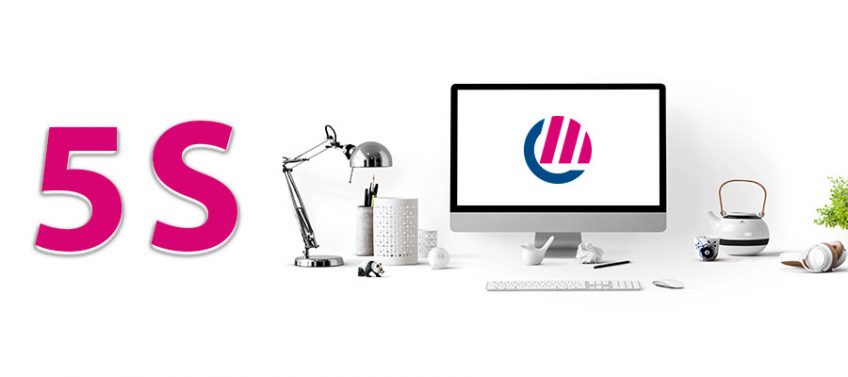Lean tools (II). The 5S
Today, in the Grupo Espacio Industrial blog, we focus on the 5S, as a continuation of the series of posts published on lean tools (Hosin Kanri, in the previous one).
The 5S is a lean management technique, originally from Japan. It is based on 5 principles identified by a Japanese term that begins with “s”, hence its name, whose meaning is:
- Seiri: classify
- Seiton: organize
- Seiso: clean
- Seiketsu: standardize
- Shitsuke: create habits
The goal of 5S is to make workplaces more organized, orderly and permanently clean, to achieve higher productivity and a better work environment.
Each of the phases of the 5S method focuses on a specific aspect:
– Seiri: Classifying, separating the useful elements from the unnecessary ones, storing the latter in a more remote place or even eliminating them. To do this, the key question to ask is whether what is identified in daily work is really needed.
– Seiton: Ordering all the necessary items in place ensuring that there is only one location for each one, and that you can identify if something is wrong with a simple glance. It is about classifying them, within the work area, in such a way that they are easier to access the more necessary they are. The key is to ask yourself what the workflow is and the best way to order things for that flow.
– Seiso: Cleaning and inspecting the environment, identifying the possible causes of dirt, to define measures to avoid it in the future. Ultimately, it is about anticipating to prevent defects. It is a preventive cleaning that eliminates sources of dirt and prevents the workplace from getting dirty again.
– Seiketsu: Consists of consolidating what has been achieved, once the previous 3 “S” have been implemented. It implies standardizing to ensure the permanence of the improvement, that the environment will remain orderly and clean, through the execution of a daily habit.
– Shitsuke: Discipline, making the use of the standardized methods of the previous phase a habit and applying them in a standardized way. Only in this way will it be possible to maintain all that has been achieved over time. For this, it is essential to define indicators and carry out their continuous monitoring.
Is the 5S technique used in your company? What has been the result, before and after its application? Share your experience with everyone.



